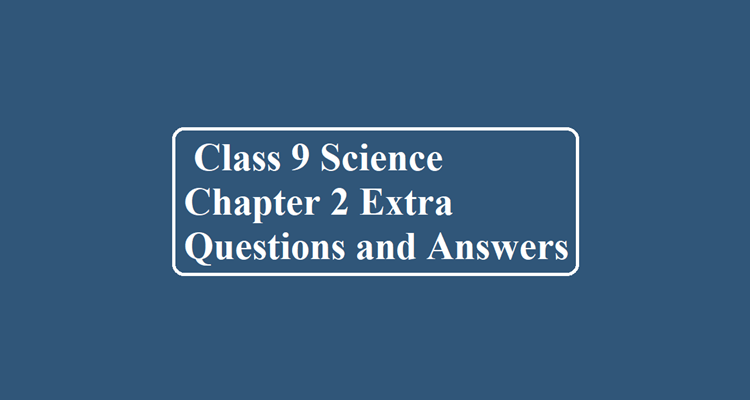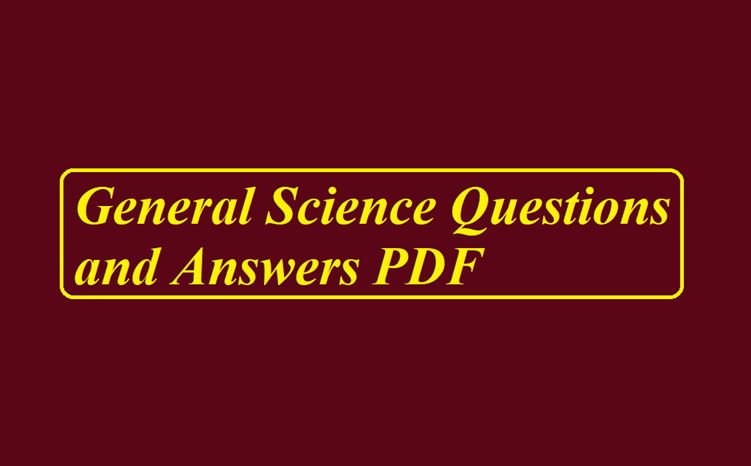Class 9 Science Chapter 2 Extra Questions and Answers Que 1. How can you convert a saturated solution to an unsaturated solution without adding any solvent to it? Ans 1. By heating a saturated solution, it becomes unsaturated. Que 2. Salt can be recovered from its solution by evaporation. Suggest some other technique for the same? Ans 2. The process of Crystallisation can be used to separate salt from its solution. Crystallisation is a separation technique used to separate a solid in a solution. The solution is warmed in an open container, allowing the solvent to evaporate, leaving a saturated…
Author: Dr. Vikas Jasrotia
CARBON AND ITS COMPOUNDS Carbon plays a very important role for all living beings. The amount of carbon in the earth’s crust is merely 0.02%, which is available in the form of minerals such as carbonates, hydrogen-carbonates, coal, and petroleum. The presence of carbon in the atmosphere of the earth is 0.03%, in the form of carbon dioxide. Almost all carbon compounds (except a few) are poor conductors of electricity. Two essential properties of Carbon are Catenation and tetravalency. Diamond and graphite both are formed by carbon atoms; however, the difference lies between them in the manner in which the carbon atoms…
Que. An element X (atomic number = 17) reacts with an element Y (atomic number = 20) to form a divalent halide. a) Where in the periodic table are elements X and Y placed? b) Classify X and Y metals, non-metals, or metalloids? c) What will be the Nature of the oxide of element Y? d) Draw the electron dot structure of the divalent halide. Ans. a) The electronic configuration of element X with atomic no. 17 is 2, 8, 7. Since it has 7 valence electrons, therefore, it lies in group 17(10 + 7), Since in element X third…
General Science Questions and Answers PDF General Science Questions and Answers PDF Que 1. Which metal can be easily cut with a knife? (a) Sodium (Na) (b) Mercury (Hg) (c) Copper (Cu) (d) Iron (Fe) Ans 1. Sodium (Na) Que 2. What is Earth’s only natural satellite? (a) Sun (b) Mars (c) Venus (d) Moon Ans 2. Moon Que 3. The color of tomatoes turns red when ripe, because? (a) Chlorophyll (b) Acetic acid (c) Chromoplast (d) Due to cytoplasm Ans 3. (c) Chromoplast Reason: Chloroplasts are chlorophyll-containing organelles in plant cells. Chromoplasts that contain carotenoid pigments impart red, orange,…
Que: When Conc. H2SO4 was added to an unknown salt in a test tube, and a brown gas (A) was evolved. This gas intensified when copper turnings were added to the test tube. On cooling gas (A) changed into a colorless gas (B). Identify the gases ‘A’ and ‘B’. Write the equations for the reactions involved. Ans: The brown gas (A) is nitrogen dioxide (NO2). Salt reacts with conc. Sulphuric acid forms brown fumes of nitrogen dioxide. MNO3 + H2SO4 → MHSO4 + HNO3 4HNO3 → 4NO2↑ + O2 + 2H2O The fumes intensify when copper turnings are added. 3Cu +…
Que. Write the favourable factors for the formation of ionic bond. Ans. Factors that favour the formation of ionic bonds: (i) Low ionization energy: In the formation of an ionic bond a metal atom loses electrons to form a cation. This process requires energy equal to ionization energy. Lesser the value of ionization, the greater will be the tendency of the atom to form a cation. (ii) High electron affinity: The value of electron affinity gives the tendency of an atom to form an anion. The greater the value of electron affinity more will be the tendency of an…
Chemical Bonding Class 11 Questions and Answers PDF Chemical Bonding Class 11 Questions and Answers PDF Que 1. Write the significance of a plus and a minus sign shown in representing the orbitals. Ans 1. Molecular orbitals are represented by wave functions. A plus sign in an orbital indicates a positive wave function while a minus sign in an orbital represents a negative wave function. Que 2. How do you express the bond strength in terms of bond order? Ans 2. Bond strength represents the extent of bonding between two atoms forming a molecule. The larger the bond energy, the stronger the…
Chemical Bonding and Molecular Structure – Short Notes Chemical Bonding and Molecular Structure Kossel-Lewis Concept: Atoms take part in chemical combinations to complete octets in their valence shell. This is known as the octet rule. Limitation of Octet Rule: The octet rule, though useful but have some exceptions e.g. BF3, NO2, PCl5, SF6, etc. Lewis Symbol or Electron Dot Structure: Representing valence electrons by dots placed around the letter symbol of the element. Types of Chemical Bonds: (i) Covalent Bond: (a) Formed by sharing of electrons. (b) It may be polar or nonpolar. (c) It is directional in nature. (ii)…
Que: What is the difference between a Reversible and an Irreversible process? Reversible Process Irreversible Process 1 It is a process that follows a reversible path. 1 It is a process that follows an irreversible path. 2 It is a spontaneous process and takes a finite time. 2 It is an ideal process and takes infinite time. 3 In this process, the opposing and driving forces differ only by an infinitesimally small magnitude. 3 There is a considerable difference between driving and opposing force 4 Work obtained is maximum. 4 Work obtained is not maximum. 5 It is…
Que: Define the octet rule. Write its significance and limitations. Ans: The octet rule or the electronic theory of chemical bonding was developed by Kossel and Lewis. According to this rule, atoms can combine either by transfer of valence electrons from one atom to another or by sharing their valence electrons in order to attain the nearest noble gas configuration by having an octet in their valence shell. The octet rule successfully explained the formation of chemical bonds depending on the nature of the element. Limitations of the octet theory: The following are the limitations of the octet rule: (a)…








